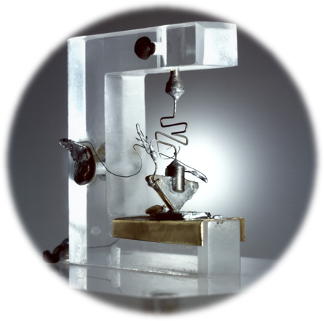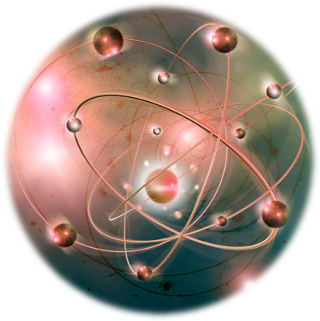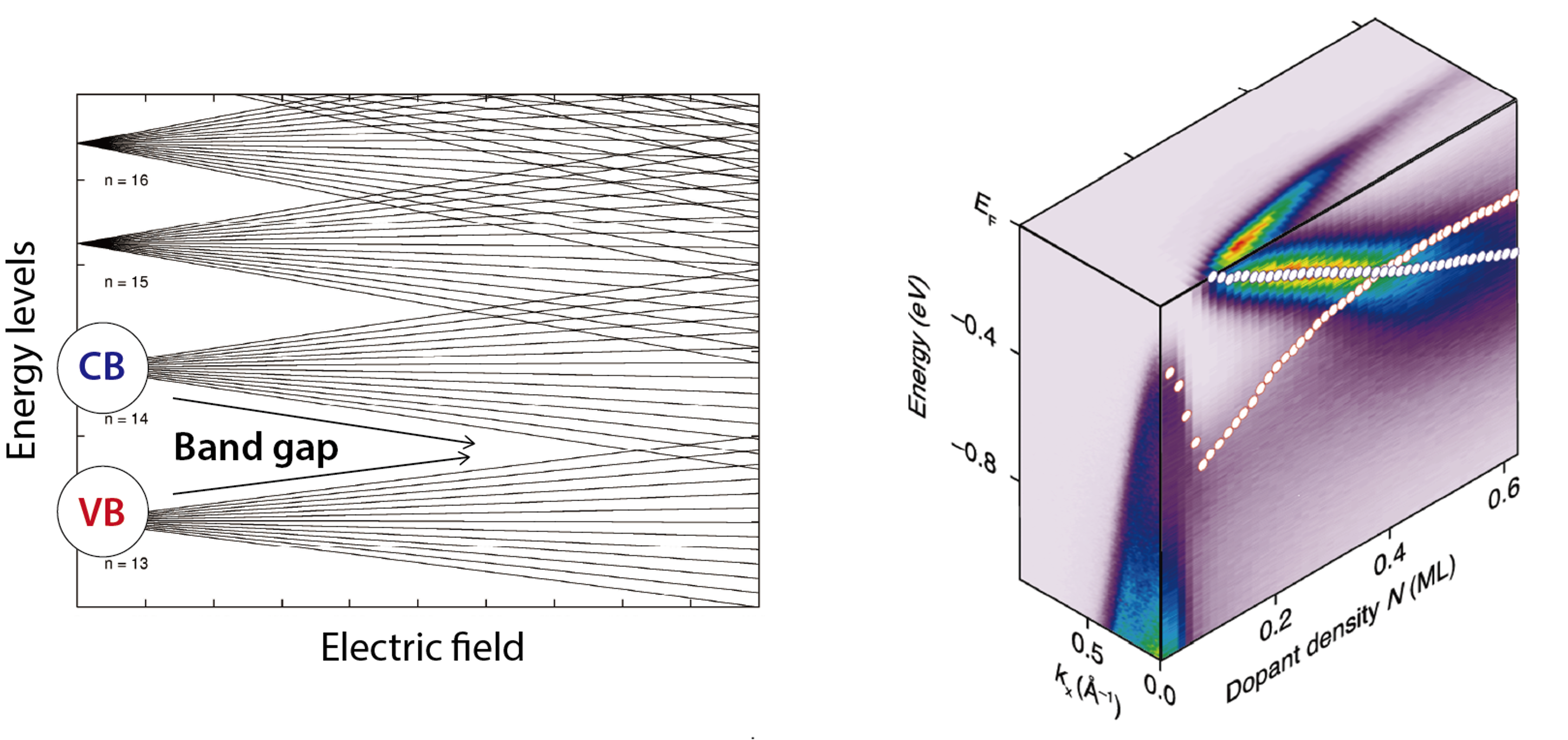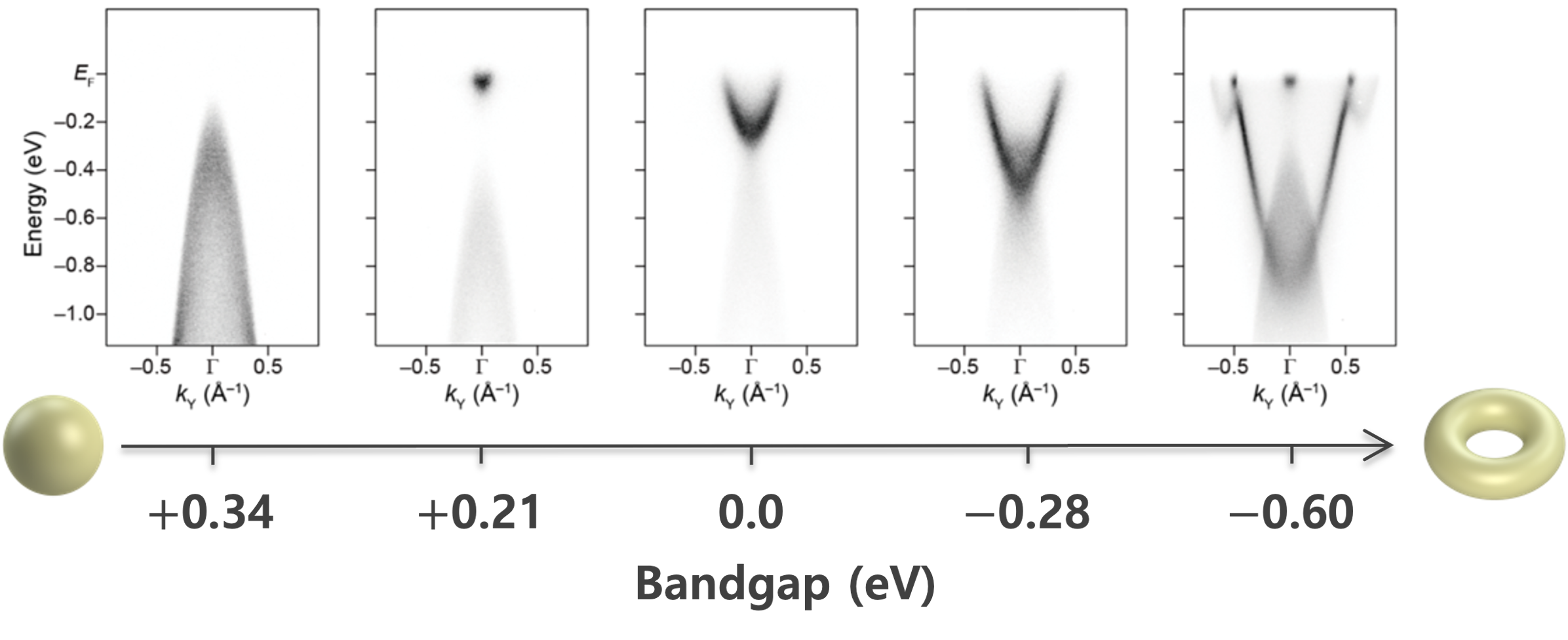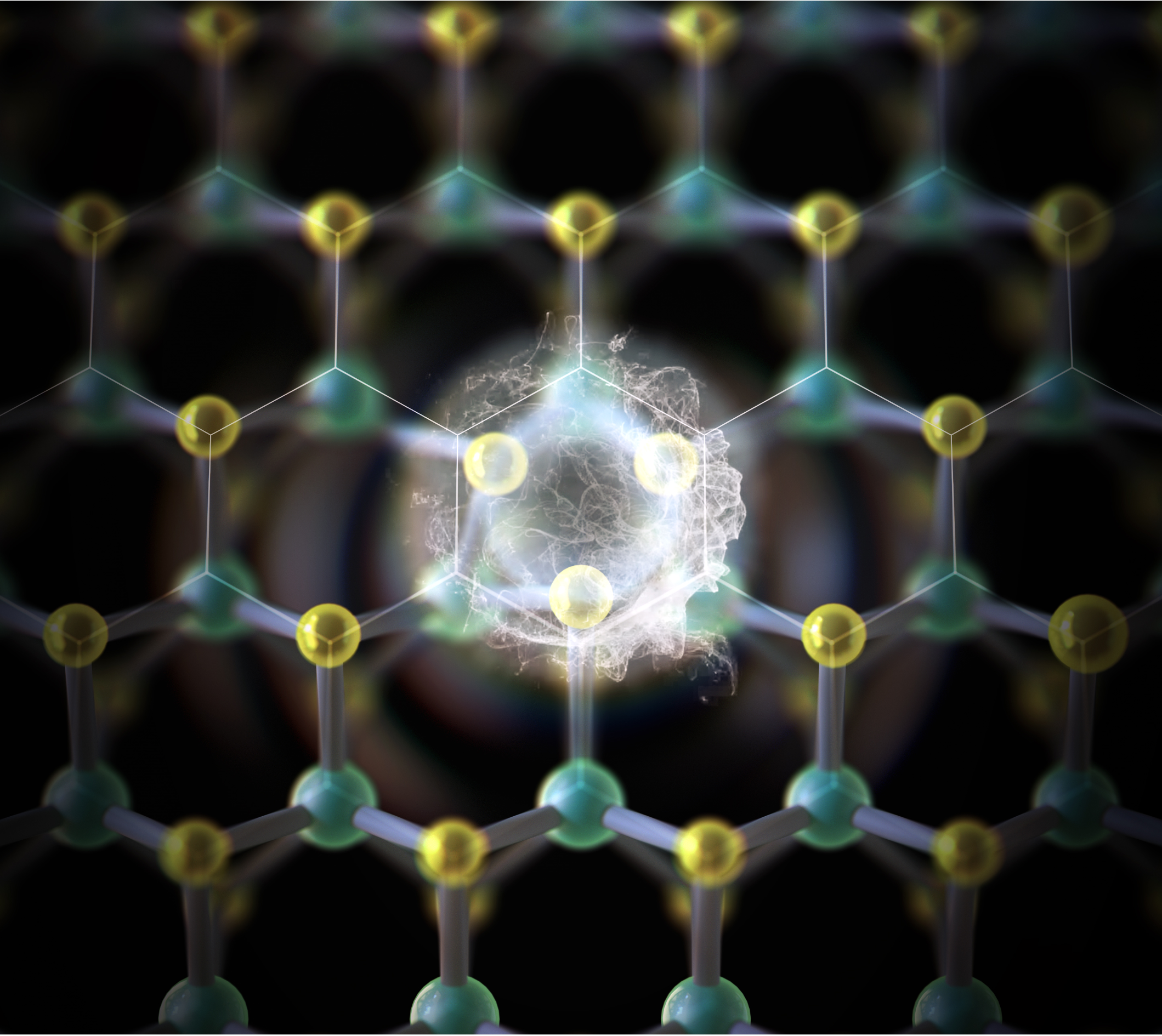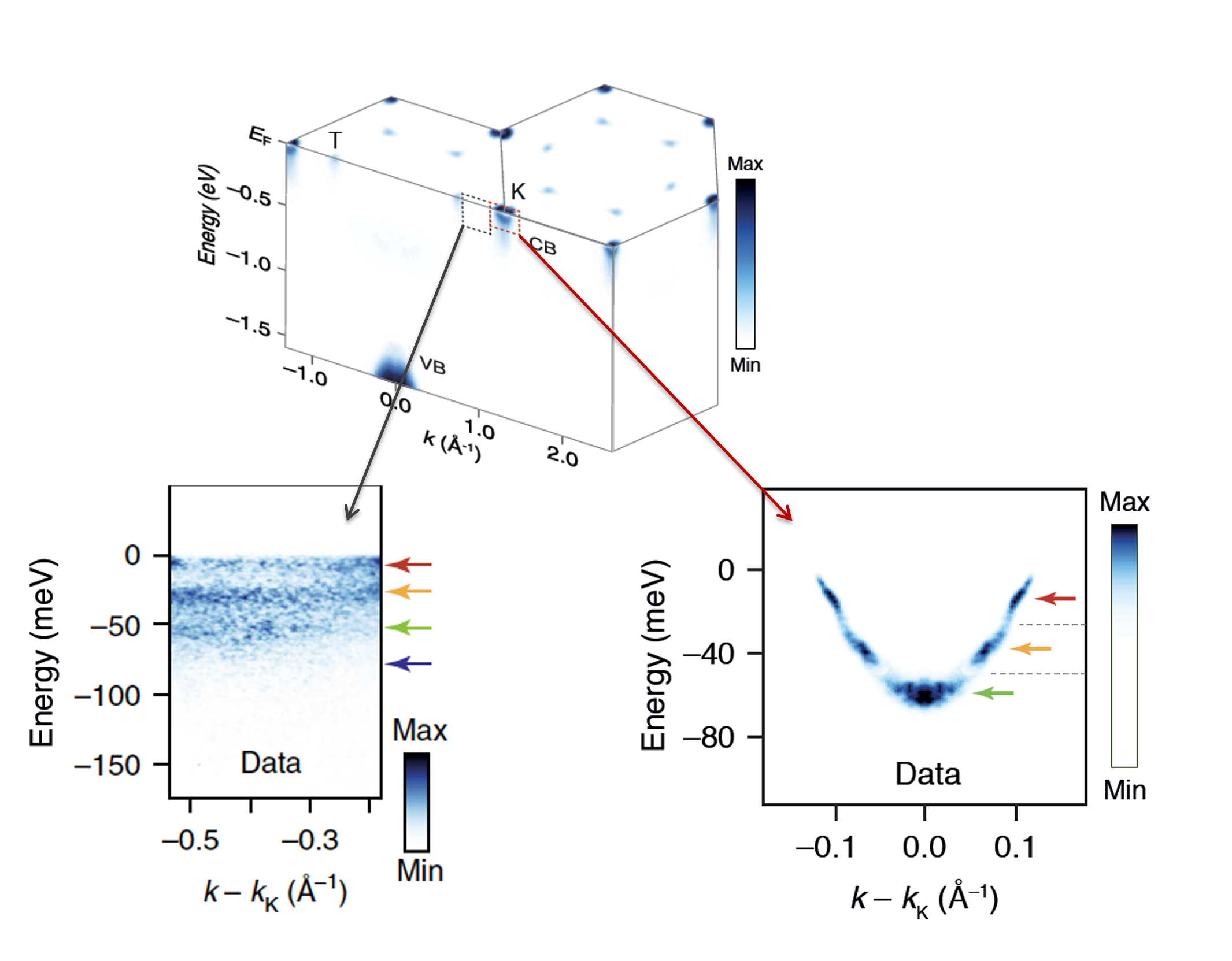Physicists classified materials into the metals and the insulators, but this conventional classification has been recently diversified based on the concept of ‘topological order’ in electronic band structures. In this newer framework, materials are classified into the topologically trivial and the topologically nontrivial, the latter of which includes topological insulators, topological semimetals, and topological superconductors.
Even for topologically trivial materials, the local geometric order of quantum phases (or pseudospin) in electronic structures still matters. We are interested in exploring the exotic order of quantum phases in electronic structures dictated by the material’s crystal symmetries. Ultimately, we aim to find quantum materials for the next-generation electronics (topotronics) and for fault-tolerant quantum computing.
Widely tunable bandgap
We developed a novel mechanism of the widely tunable band gap, which is termed ‘surface Stark effect’ and generally applied to any 2D materials. For more details, see Science 349, 723 (2015).
Topological phase transition
The widely tunable band gap of black phosphorus over the energy range even greater than its intrinsic band gap can be used to deliberately induce topological phase transition. In the band-inverted regime, black phosphorus has 2D Dirac fermions, characteristics of graphene, protected by spacetime inversion symmetry. For more details, see Phys. Rev. Lett. 119, 226801 (2017).
Bipolar pseudospin polarization
The widely tunable band gap of black phosphorus can also be used to trace the evolution of quantum phases (or pseudospin) across the topological phase transition. We realized that the low-energy band structure of black phosphorus is equivalent to that of graphene under strain in excess of 20%. For more details, see Nat. Mater. 19, 277-281 (2020).
One of the long-standing topics in the study of condensed matter physics is manybody interactions including electron-phonon scattering, electron-electron scattering, and electron-impurity scattering. This is important to understanding various emergent quantum phenomena, such as high-Tc superconductivity, pseudogap phases, and band renormalizations.
With the simple materials (like black phosphorus and TMDs), where the strength of electronic correlations and spin-orbit coupling is not sizable, we aim to understand the effect of electron-phonon coupling and resonance scattering by the short-range order of dopants. We, then, extend this to more correlated and complex materials like cuprates.
Signature of holstein polarons and 2D superconductivity
The polaron is a composite particle of an electron dragging the cloud of self-induced lattice vibrations (phonons). We found the hitherto unobserved spectral function of Holstein-type polarons in surface-doped MoS2, where the 2D superconductivity with Tc as high as 12 K was observed. For more details, see Nat. Mater. 17, 676-680 (2018).
Electronic structure of liquid metals and pseudogap
The electronic structure of liquid metals characterized by anomalous back-bending dispersion and pseudogap was predicted in the 1960s by two Nobel laureates, Philip W. Anderson and Nevil F. Mott. Recently, we discovered such back-bending dispersion and pseudogap in a crystalline insulator (black phosphorus) doped by disordered dopants (Na, K,. Rb, and Cs). For more details, see Nature 596, 68-73 (2021).





